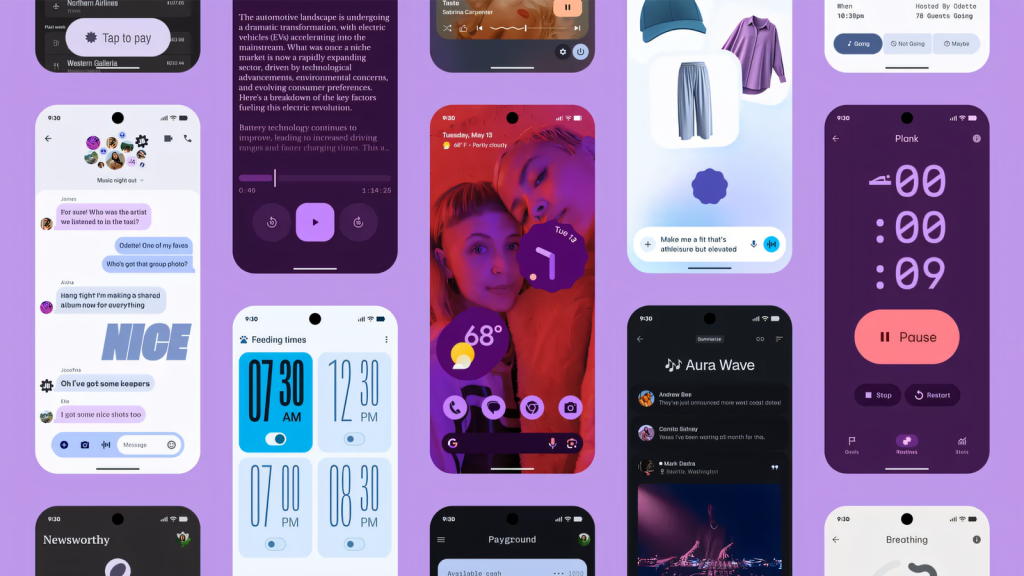Luminous colors, springs animations, personalized service: Google presents a completely new design for Android 16 with material 3 expressive. The aesthetics of the update geared to younger users already polarize on social media.
New design era for Android begins
Google has its new design language material 3 expressive at the Android Show Event presented. The update marks the most important optical change in the operating system since the introduction of material You in 2021.
One main feature is new, springy animations and haptic feedback, which should provide a stronger “emotional binding” to the device. The transitions between apps and menus have been completely revised to appear more fluid. Material 3 expressive: new colors and shapes for Android 16
Controversy about youthful design
The first reactions to the new design were quite critical. Users described the look on social media as “too simple” and “childish”. Some found the style as “feminine”, while others criticized a “generation z kindergarten look”.
However, Google defends its approach: According to internal studies, up to 87 percent of 18-24-year-olds prefer expressive designs. The bright purple and pink tones should appeal to younger users in particular. This design philosophy is contrasting to Apple’s rather minimalist approach to iOS, which traditionally relies on steamed colors and more subtle animations.


Focus on practical improvements
In addition to the optical refresh, there are also functional innovations: the quick settings can now be personalized and can be arranged according to individual needs and the new live update function shows real -time clocking of selected apps – such as the status of food deliveries or driving services without having to open the corresponding app.
Historically, material 3 expressive is the fourth large design literation from Google for Android. According to the original holo design (2011), material design (2014) and material You (2021), this version represents another milestone in the visual evolution of the operating system. Google Android 16: Useful functions at an overview
Also optimized for smartwatches
For Wear OS, material 3 expressive was specially adapted. The animations follow the natural curve of the display and use the circular surface more efficiently. Daily interactions such as PIN input or media control have been revised. The buttons now extend to the display edge for simpler operation. Google also promises a battery life of up to ten percent in Wear OS 6 devices.
This optimization was achieved through more efficient rendering processes and improved background processes, which is particularly relevant for users of smartwatches with limited battery capacity.
Availability of the update
The last week there was a small faux pas when Google’s blog post was accidentally released too early. The final version of the update will be available in the Android 16 beta program this month. For developers, Google already provides extensive documentation so that apps can be adjusted for the new design in good time. The complete implementation in all Google apps is expected to take several months.


